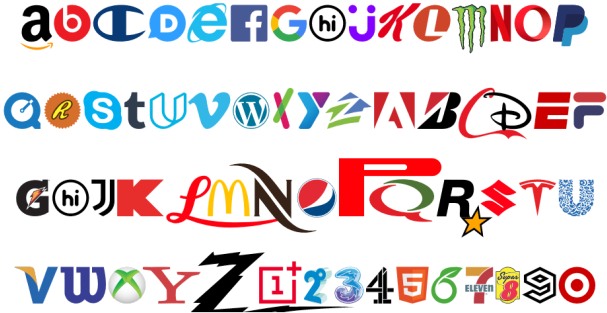 Hey, good morning! You look fabulous. Welcome back! While some in the US take Labor Day off, we're wrapping up our coverage from Europe's biggest tech show and testing some unpretty wearables and tiny compact cameras with incredible zoom skills. We also give our verdict on Honor's PUBG phone, the Play.
The EOS R would directly challenge Nikon's Z6.Canon's full-frame mirrorless camera leaks in vivid detail 
Leaked details of Canon's new full-frame mirrorless camera, the EOS R, have spilled most of the beans. It has a 30.3-megapixel full-frame cam that would primarily compete with the Nikon Z6 and Sony's A7 III. The design would thrive on low-light photography with a wide ISO 100 to 40,000 normal sensitivity (up to ISO 102,400) and the company's familiar dual-pixel autofocusing. Those aren't exceptional specs given the increasingly competitive full-frame mirrorless space, but there would be a few twists that might give it an edge over its rivals.
For one, the EOS R appears to have a horizontal-swivel touchscreen -- unlike its Nikon and Sony counterparts, this might work for video blogging. There's also a touch strip on the back that could offer finer control than a dial.
We test the tiny Cybershot HX99 and its 30x superzoom.Sony's new HX99 compact camera does things your smartphone can't 
At a time when everyone is carrying around a generally capable camera inside their smartphone, compact cameras have struggled to stay relevant. Barring Sony's own wonderful RX100 series and Fujifilm's X100F family, the world of point-and-shoots is usually an unremarkable one. Sony's only camera announcements at IFA 2018 were intriguing, at least. It revealed two cameras, the Cybershot HX99 and HX95, which cram a technically impressive 30x, 24-720mm f/3.5-6 equivalent zoom lens into a 1.5-inch wide camera frame. Tiny camera, huge zoom.
They might have led to brain injuries, too.Embassy sonic attacks may have been microwave blasts When researchers postulated that the sonic attacks on embassies in Cuba (and more recently, China) were the fault of malfunctioning surveillance gear, that wasn't the end to concerns about the true cause... if anything, there's more worry than ever. The University of Pennsylvania's Douglas Smith (who led a paper discussing the trauma of embassy victims) said in an interview that microwave blasts are now considered primary candidates.
It wasn't made for its legibility.This funky new font is made up entirely of brands 
A digital studio called Hello Velocity has created a typeface that embraces well-known corporate logos that is still somehow far less annoying than Comic Sans.
Keeping up with the Elons.Tesla's Roadster prompts Koenigsegg to rethink its supercars 
In a chat with Top Gear, Koenigsegg's namesake founder Christian von Koenigsegg revealed that his company started reworking its engines just to remain competitive with the Roadster's vaunted 1.9-second 0-60MPH time. But wait, there's more...
The Morning After is a new daily newsletter from Engadget designed to help you fight off FOMO. Who knows what you'll miss if you don't Subscribe. Craving even more? Like us on Facebook or Follow us on Twitter. Have a suggestion on how we can improve The Morning After? Send us a note.
via Engadget RSS Feed https://ift.tt/2LV9dFI |
Comments
Post a Comment